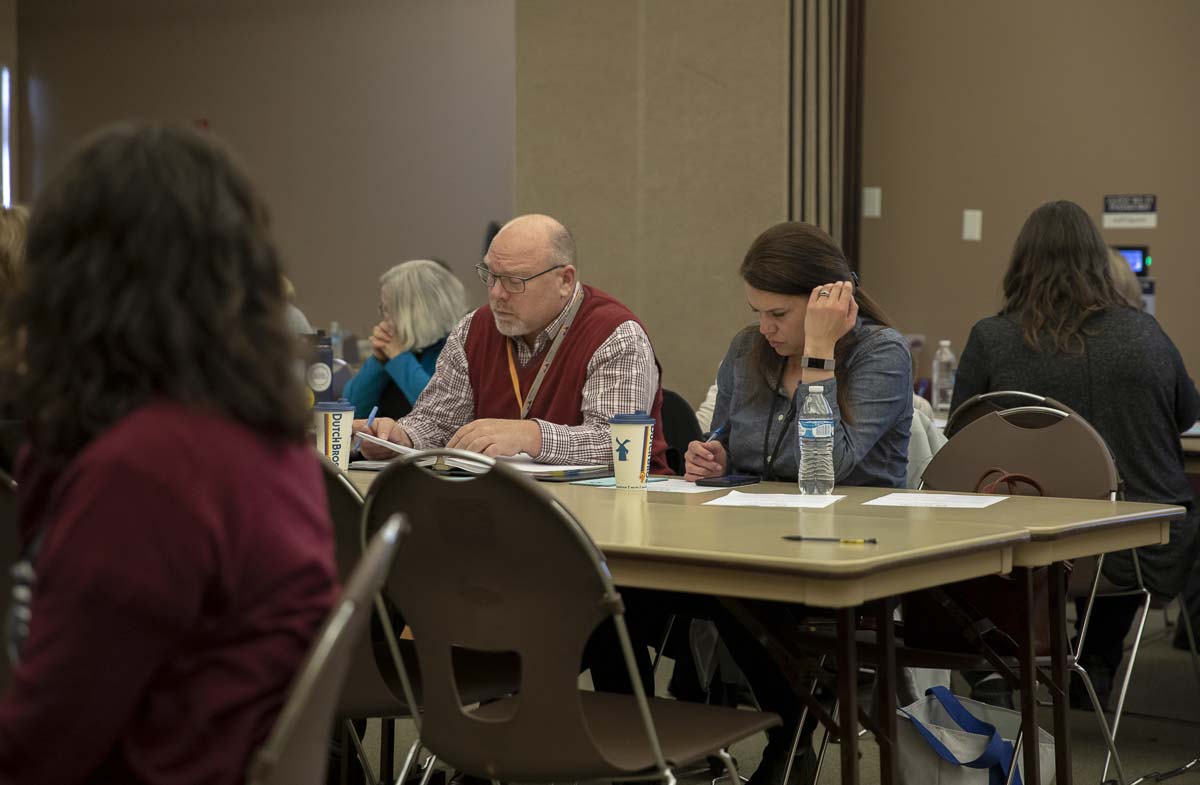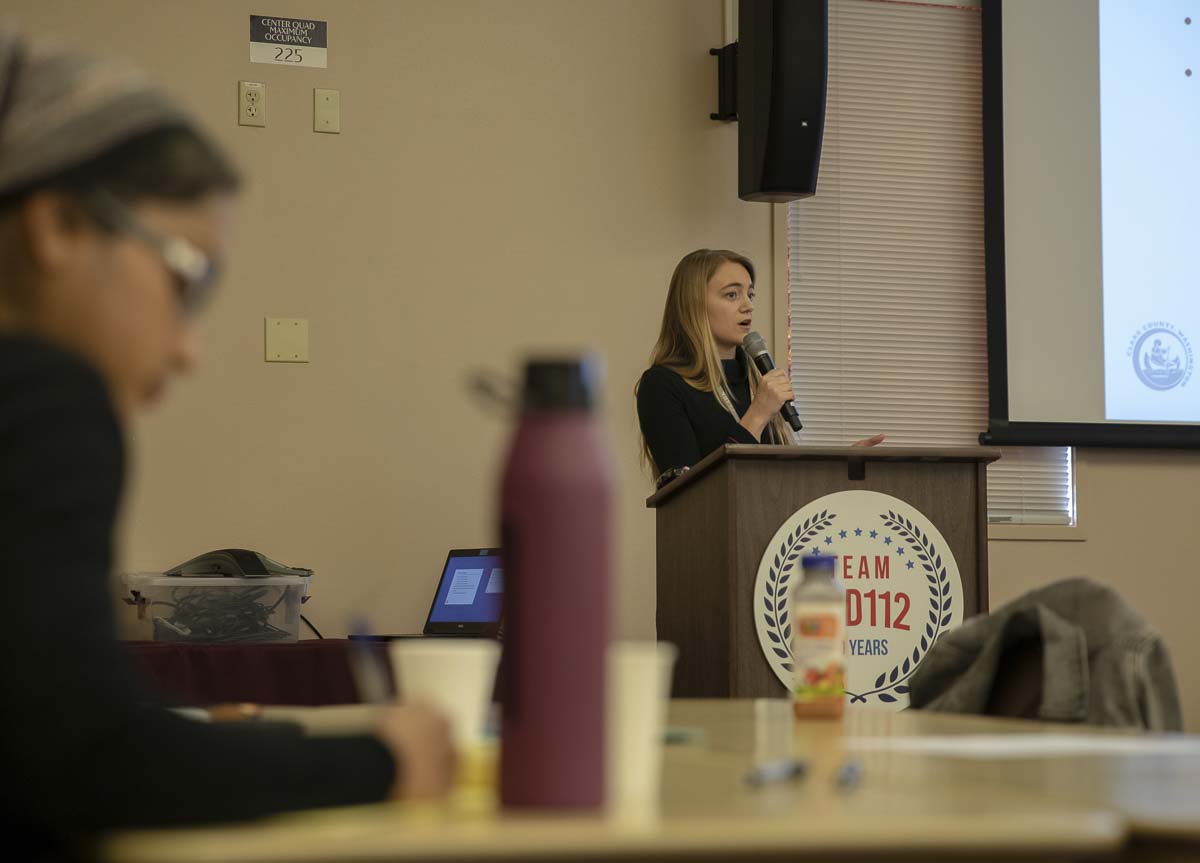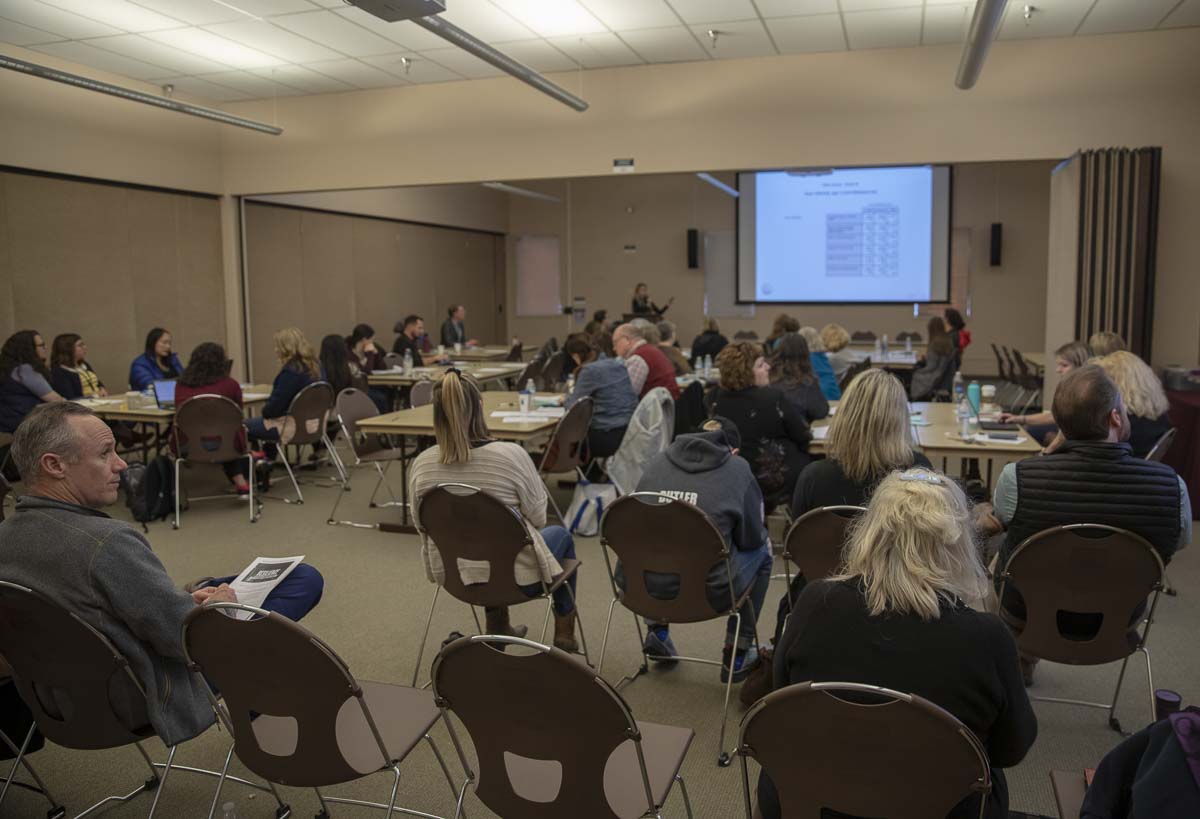Prevent Coalition presentation looks at Public Health data on substance abuse, mental illness and trauma
VANCOUVER — Depression and suicide rates are rising among Clark County youth. Depression and anxiety numbers are going up. Marijuana use among the county’s high school sophomores is not dropping. These are the challenges Prevent Coalition and similar groups face.

The coalition held an evening of information on April 11 through “10th Graders Talk.” The presentation focused on the Healthy Youth Survey, and statistics were presented by Clark County Public Health officials.
“Everyone needs to be at the table in order for our work to be effective,” said Christopher Belisle, the coalition’s Community Prevention Project Coordinator. “Take in this information and think about how you might use it in different ways.”
Educators, parents, community members, other coalition leaders, law enforcement, and media were present, and stressed as key partners for the coalition.

Data was presented from the Healthy Youth Survey, (HYS), for Clark County schools, and was collected at the 10th grade level specifically. Kathleen Lovgren, an epidemiologist at Clark County Public Health, delivered the presentation.
“We know a survey is a good survey if it’s both reliable and valid,” Lovgren said. “We know that Healthy Youth Survey is reliable because it’s an anonymous survey administered under a safe and confidential environment. HYS is a valid survey because the questions are kept as consistent as possible over time, so this ensures validity in our trends.”
Here are some of the big-hitter stats:
- Alcohol is the most common substance abused by 10th graders, 46 percent tried it at least once in their life
- Six percent of 10th graders smoked cigarettes in the last 30 days
- 10th graders who vape are 15 time more likely to smoke
- In 2018, 16.7 percent of 10th graders used marijuana in the last 30 days
- Marijuana and alcohol were approximately 10 percent easier to access than cigarettes
- Depression rates among 10th graders have risen to 38 percent, from 32.1 percent in 2004
- One third of 10th graders could be diagnosed with Generalized Anxiety Disorder
- The number of 10th graders who considered suicide in the past year has risen to 21.5 percent, from 17.6 percent in 2004
Correlations were also presented regarding higher likelihood of substance use if a student has suffered from trauma, such as physical/sexual abuse, bullying or poor family management.

When it came to students who have suffered trauma, improper use of prescription drugs was the greatest risk. In other cases, such as gang affiliation, students are three times as likely to abuse a chemical substance.
At the conclusion of the presentation, several attendees inquired as to the causes behind many of the numbers found by the HYS.
“Healthy Youth Survey can tell us what’s going on, but not why, necessarily,” Lovgren said. “Depression can be for a number of reasons, so can anxiety. Definitely an area where we can get youth involved, and they can be part of the solution.”
Full HYS results are being offered to educators and members of the community as a resource for they’re own presentations to government, nonprofits and for use in acquiring bonds. Educators can also login to see their school districts results with proper login credentials.
Visit AskHYS.net and click on the “Survey Results” tab for detailed survey results. For more information on the efforts of Prevent Coalition and its partners, visit www.preventcoalition.org.




